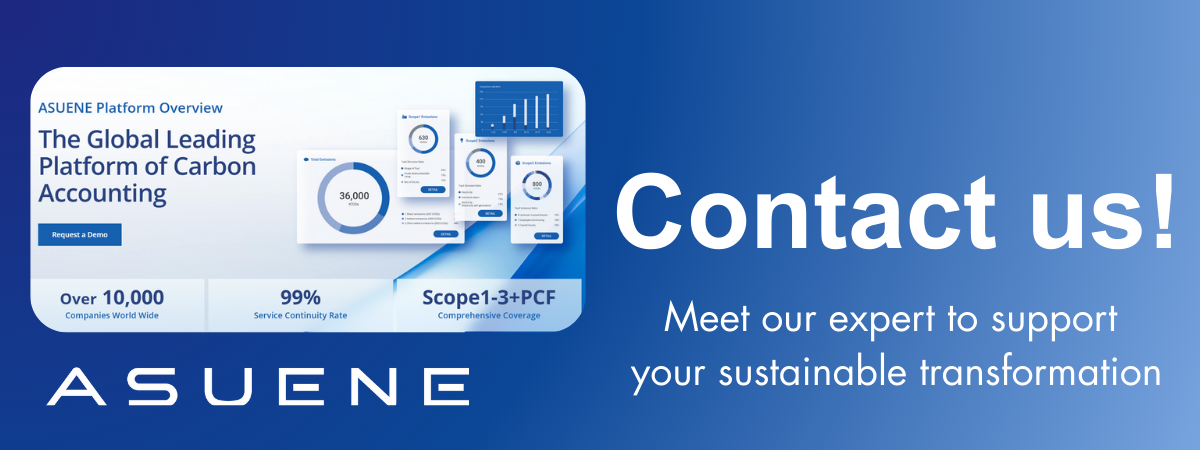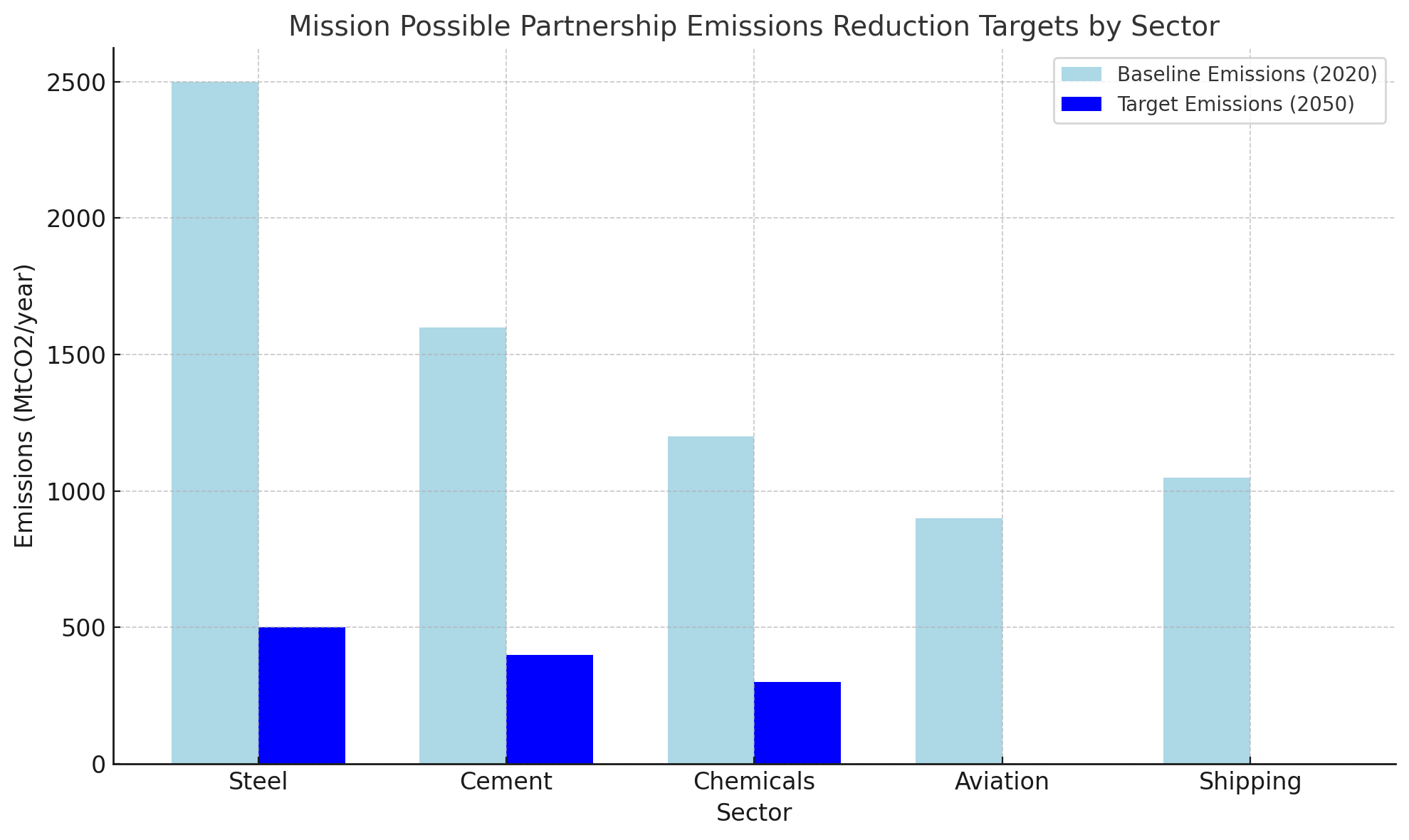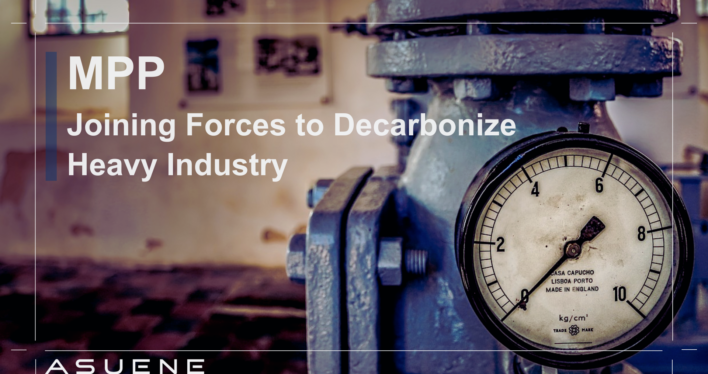- Article Summary
-
Background: Addressing the Toughest Climate Challenge
Industrial sectors like steel, cement, chemicals, aviation, and shipping account for more than 30% of global CO₂ emissions. These “hard-to-abate” sectors face unique decarbonization challenges due to:
- High-temperature processes that are difficult to electrify
- Long asset life cycles (30–50 years for plants and ships)
- High capital costs for innovation and retrofitting
- Global supply chain entrenchment
In response, the Mission Possible Partnership (MPP) was launched in 2020. It brings together a coalition of over 400 companies, governments, and NGOs to accelerate the decarbonization of industrial sectors through collaborative, sector-specific roadmaps and investment strategies.
Purpose: Net-Zero Industry Transformation by Mid-Century
MPP’s goal is bold: to make net-zero emissions from heavy industry and transport possible by 2050 — and commercially viable by the 2030s.
Table: MPP Priority Sectors & Global Emission Footprint
| Sector | Global CO₂ Emissions (Mt/year) | % of Global Total | MPP Net-Zero Target Year |
|---|---|---|---|
| Steel | 2,500 | ~7% | 2050 |
| Cement | 1,600 | ~5% | 2050 |
| Chemicals | 1,200 | ~3.5% | 2050 |
| Aviation | 900 | ~2.4% | 2050 |
| Shipping | 1,050 | ~3% | 2050 |
MPP complements international frameworks like the Paris Agreement, Science-Based Targets initiative (SBTi), and sectoral actions by IMO and ICAO.
Mechanisms: MPP’s Roadmap Approach and Levers for Change
MPP’s Strategy Has Three Pillars:
- Sectoral Transition Strategies (STS)
Detailed roadmaps co-developed with industry leaders and aligned with science. - Green Demand Signals
Coalitions of buyers committing to net-zero materials and transport services (e.g., First Movers Coalition). - Finance & Policy Enablers
Mobilizing blended finance and shaping policy frameworks to derisk investments.
Key Decarbonization Levers Across Sectors:
- Steel: Hydrogen-based Direct Reduced Iron (H₂-DRI), carbon capture
- Cement: Alternative binders, carbon capture, fuel switching
- Chemicals: Electrification, bio-based feedstocks, CCS
- Aviation: Sustainable Aviation Fuels (SAF), aircraft efficiency
- Shipping: Green ammonia, methanol, wind-assist technologies

Current Status: Where We Are and What’s Missing
MPP has published sectoral transition strategies for all its core sectors, laying out decarbonization pathways that are technologically feasible and economically credible. However, most sectors are not yet on track.
Table: Progress Overview by Sector (2024)
| Sector | Readiness Score (MPP 2024) | Bottlenecks |
|---|---|---|
| Steel | Moderate | High cost of green hydrogen, policy gaps |
| Cement | Low–Moderate | Few CCUS pilots, low demand for green cement |
| Chemicals | Low | Complex supply chains, cost of electrification |
| Aviation | Moderate | SAF scale-up, investment shortage |
| Shipping | Moderate | Fuel availability, retrofitting cost |
Outlook & Strategic Response: What Companies Must Prepare For
Achieving industrial net-zero by 2050 will require massive transformation. MPP estimates a $3–5 trillion investment is needed across all sectors — but this unlocks trillions more in green growth.
Emission Reduction Chart: 2020 vs 2050 (MPP Sector Targets)

This blue-themed bar chart shows the stark emissions drop MPP aims to achieve across sectors.
Critical Success Factors for 2025–2035:
- Carbon pricing that closes the green premium
- Green public procurement to drive demand
- First commercial plants for green steel, ammonia, and SAF
- Trade agreements that support low-carbon exports
What Industrial Players Should Do Now
| Action Area | Strategic Recommendations |
|---|---|
| Net-Zero Commitments | Align with SBTi and MPP transition roadmaps |
| CapEx Planning | Incorporate low-carbon tech in next investment cycles |
| Green Demand Coalitions | Join initiatives like First Movers or Clean Energy Buyers Alliance |
| Supply Chain Engagement | Map Scope 3 emissions and engage suppliers |
| Policy Advocacy | Push for carbon standards, disclosure rules, and tech subsidies |
Conclusion: Making the Mission Possible — Together
The Mission Possible Partnership is more than a climate initiative — it’s a blueprint for industrial reinvention. By convening manufacturers, financiers, buyers, and governments, it aims to de-risk and de-fragment global decarbonization.
For companies in these hard-to-abate sectors, the time to act is now. Whether through early technology bets, green procurement, or policy advocacy, every step matters. If realized, MPP’s roadmap will not only curb emissions but also lay the foundation for a resilient, low-carbon global economy.
Why Work with ASUENE Inc.?
Asuene is a key player in carbon accounting, offering a comprehensive platform that measures, reduces, and reports emissions, including Scope 1-3, with expertise in decarbonization. Asuene serves over 10,000 clients worldwide, providing an all-in-one solution that integrates GHG accounting, ESG supply chain management, a Carbon Credit exchange platform, and third-party verification.
ASUENE supports companies in achieving net-zero goals through advanced technology, consulting services, and an extensive network.


